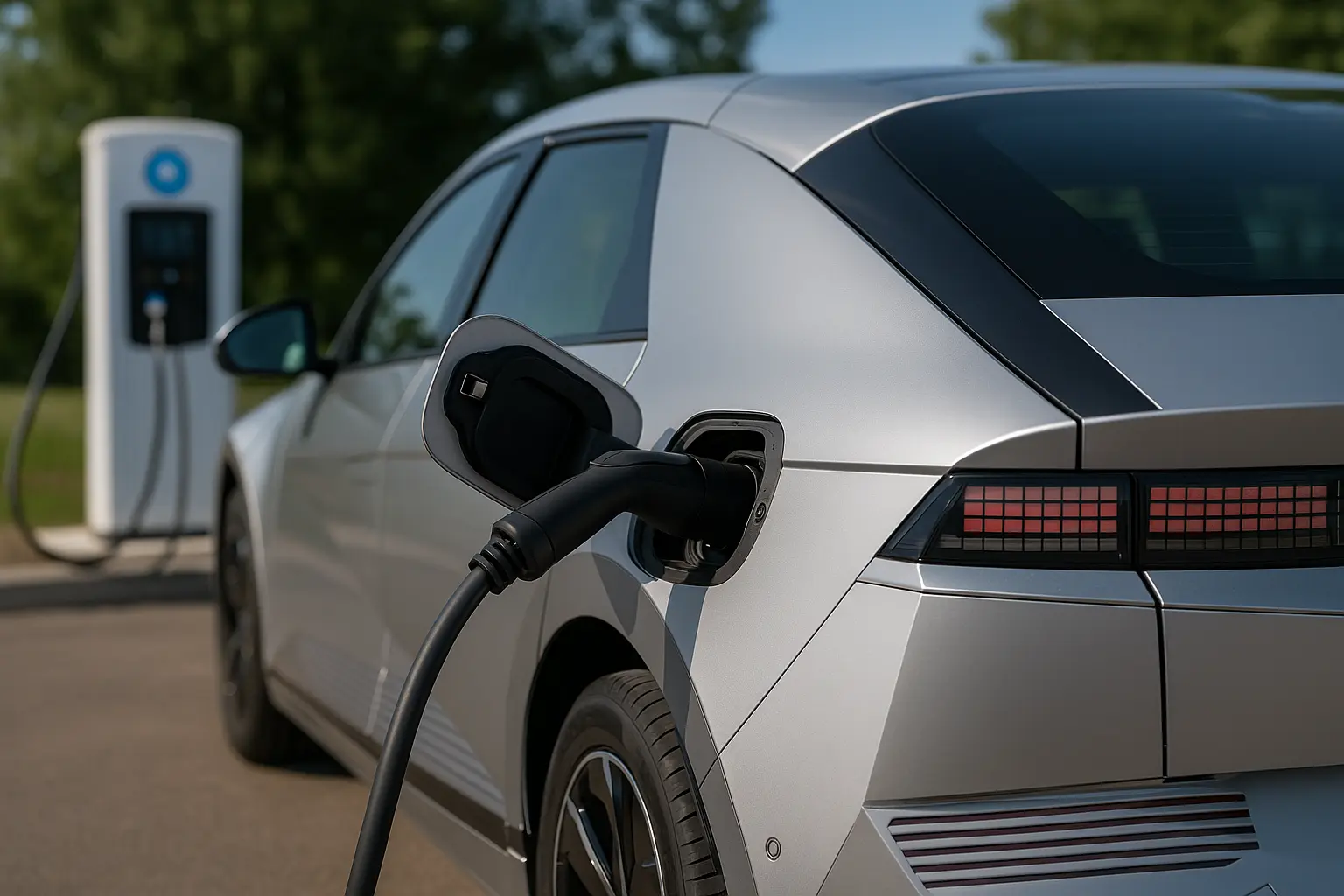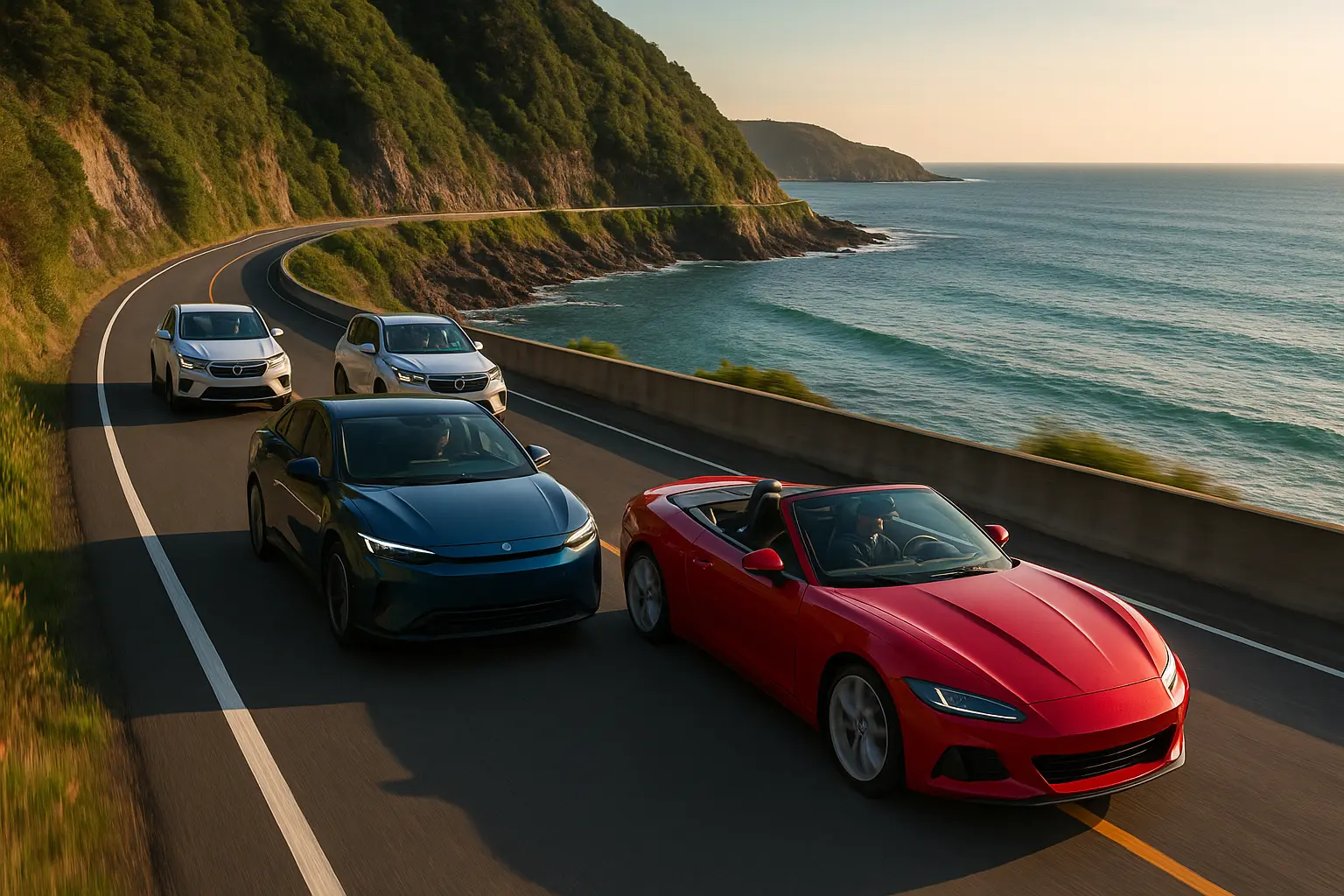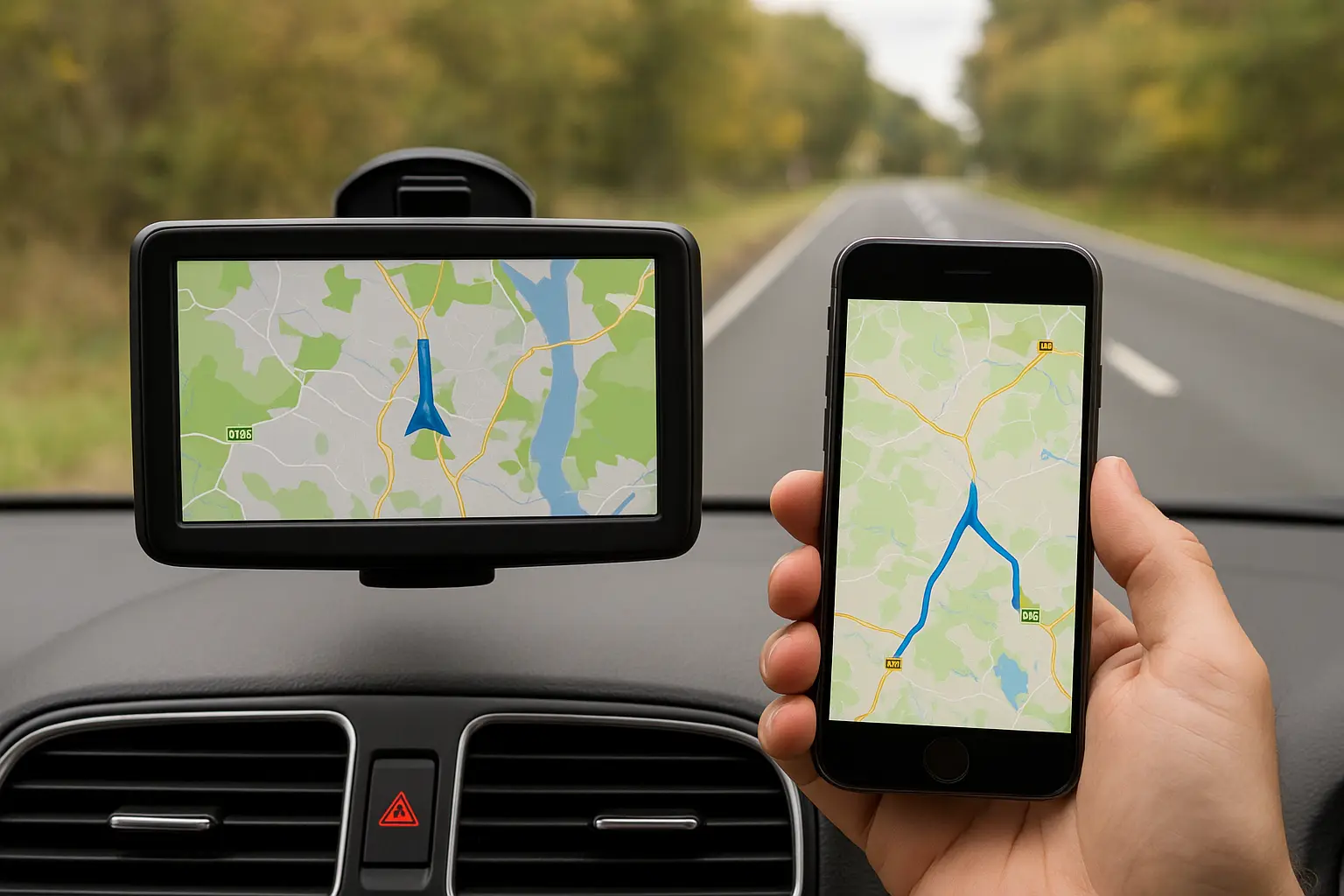Table of Contents
Introduction: Why Fast Charging Matters in Australia
What Affects EV Charging Speeds?
Types of EV Chargers in Australia
Top 10 Fastest Charging EVs in Australia (2025)
Detailed Breakdown: Charging Time vs Real-World Speed
How Charging Tech is Evolving in 2025
Charging Network Comparison: Tesla Supercharger vs Public DC Fast Charging
Fast-Charging EVs and Long-Distance Travel in Australia
Future Trends and What to Expect Beyond 2025
Final Thoughts: Choosing the Right Fast-Charging EV for Your Lifestyle
1. Introduction: Why Fast Charging Matters in Australia
Australia's vast distances and sparse infrastructure make fast charging one of the most crucial aspects of EV ownership. Whether you're planning road trips along the east coast, commuting to work, or living in regional areas, the ability to charge quickly saves time, reduces range anxiety, and enables electric cars to better replace traditional petrol vehicles.
In 2025, EV technology has dramatically improved, and many automakers now focus on ultra-fast charging as a major selling point. But which models actually deliver in real-world Aussie conditions?
2. What Affects EV Charging Speeds?
Before diving into the rankings, it's important to understand what influences an EV’s charging time:
Battery Capacity: Larger batteries take longer to charge unless paired with high-speed charging.
Maximum Charging Rate (kW): Measured in kilowatts, it determines how quickly power can be absorbed.
State of Charge (SOC): EVs charge fastest from 10% to 80%; the last 20% usually slows to protect battery life.
Ambient Temperature: Australian heat can affect charging performance—thermal management is crucial.
Charger Compatibility: Not all EVs can fully utilise the fastest chargers. Cable type and software matter too.
3. Types of EV Chargers in Australia
Here’s a quick breakdown of the EV charging tiers you'll encounter in 2025:
AC Charging (Level 1 & 2): Home or destination charging. 7–22kW. Best for overnight.
DC Fast Charging (Level 3): 50kW – 150kW. Found in public networks across highways and cities.
Ultra-Fast Charging: 250kW – 350kW. Only select EVs support this; ideal for long trips.
Australia's EV charging infrastructure in 2025 is dominated by networks such as:
Tesla Supercharger V3 (up to 250kW)
Chargefox Ultra-Rapid (up to 350kW)
Evie Networks
BP Pulse
4. Top 10 Fastest Charging EVs in Australia (2025)
Here are the fastest charging electric vehicles available in the Australian market this year based on 10–80% charge time and supported kW rate.
1. Hyundai IONIQ 5 N (2025)
Max Charging Rate: 350kW
10–80% Time: ~18 mins
Battery Size: 84 kWh
Range: 448 km WLTP
Highlight: Uses 800V architecture; one of the few EVs under $120K with such speed.
2. Kia EV6 GT
Max Charging Rate: 350kW
10–80% Time: ~18 mins
Battery Size: 77.4 kWh
Range: 424 km WLTP
Highlight: Same platform as IONIQ 5; delivers incredible charging and performance.
3. Tesla Model Y Long Range (2025)
Max Charging Rate: 250kW (Tesla Supercharger V3)
10–80% Time: ~22 mins
Battery Size: 75 kWh est.
Range: ~533 km WLTP
Highlight: Excellent software and widespread Supercharger network.
4. Porsche Taycan 4S Cross Turismo
Max Charging Rate: 270kW
10–80% Time: ~22 mins
Battery Size: 93.4 kWh
Range: 456 km
Highlight: 800V system with extreme performance and reliability.
5. Genesis GV60
Max Charging Rate: 350kW
10–80% Time: ~18 mins
Battery Size: 77.4 kWh
Range: 470 km WLTP
Highlight: Sleek luxury EV with fast-charge DNA from Hyundai’s e-GMP platform.
6. BMW iX xDrive50
Max Charging Rate: 195kW
10–80% Time: ~35 mins
Battery Size: 111.5 kWh
Range: 620 km
Highlight: One of the longest-range EVs, though charging slower than 800V rivals.
7. Mercedes-Benz EQS 450+
Max Charging Rate: 200kW
10–80% Time: ~31 mins
Battery Size: 107.8 kWh
Range: 770 km WLTP
Highlight: Flagship comfort and efficiency with acceptable fast-charging speed.
8. Polestar 2 Long Range Dual Motor
Max Charging Rate: 205kW
10–80% Time: ~28 mins
Battery Size: 82 kWh
Range: 568 km
Highlight: Great value and fast charge improvement over 2024 model.
9. Audi Q8 e-tron
Max Charging Rate: 170kW
10–80% Time: ~31 mins
Battery Size: 106 kWh
Range: 550 km
Highlight: Premium SUV comfort with solid charging.
10. BYD Seal Performance
Max Charging Rate: 150kW
10–80% Time: ~35 mins
Battery Size: 82.5 kWh
Range: ~520 km
Highlight: Affordable performance EV with decent charge speed under $70K.
5. Charging Speed vs Real-World Use
It’s tempting to just look at specs, but real-world charging depends on:
Available charger speed (not all sites offer 350kW)
Ambient temperature (especially in Outback summer conditions)
State of battery health and age
Pre-conditioning before charging
For example, while the Kia EV6 GT claims 350kW max, real-world sessions average 230–250kW unless conditions are ideal.
6. How Charging Tech is Evolving in 2025
2025 is witnessing major innovation in EV charging tech:
800V and 900V Architectures: Becoming more common beyond luxury models
Solid-State Battery Trials: Quicker charging and better lifespan
Battery Pre-conditioning: Used in Tesla and Hyundai models for optimal DC charging
Bidirectional Charging (V2L & V2G): Lets cars return energy to homes or the grid
Australia’s role in adopting these depends on infrastructure growth, which is also trending positively.
7. Charging Network Comparison
| Network | Max kW | Compatibility | App Integration | Coverage |
|---|---|---|---|---|
| Tesla Supercharger | 250kW | Tesla-only (expanding to CCS) | Excellent | East Coast, expanding west |
| Chargefox | 350kW | All CCS2 / CHAdeMO | Good | Major highways, cities |
| Evie Networks | 200kW | CCS2 standard | Good | National rollout |
| BP Pulse | 75–150kW | All EVs with CCS2 | Moderate | Growing steadily |
Tesla still leads in plug-and-go convenience, but networks like Chargefox and Evie are closing the gap.
8. Fast-Charging EVs for Long-Distance Aussie Travel
Planning a drive from Sydney to Melbourne? Or perhaps up the coast from Brisbane to Cairns? Here’s what to consider:
Charging Station Spacing: Every 200–250 km
Charging Time vs Coffee Break Duration: Ideally 15–25 mins
Apps to Use: PlugShare, A Better Route Planner, Tesla App
Best EVs for Trips: Tesla Model Y, Hyundai IONIQ 5, Polestar 2, BMW iX
9. What to Expect Beyond 2025
By 2026–2027, we expect:
Widespread rollout of 500kW chargers
Standardisation across networks
Faster charging on budget EVs
More solar-powered charging hubs
Battery innovation (e.g. graphene or solid-state) may dramatically cut charge time down to 10 mins or less.
10. Final Thoughts: Which EV Should You Choose?
If you value ultra-fast charging:
Go for Hyundai IONIQ 5 N or Kia EV6 GT
If range matters just as much as charge speed:
Consider Tesla Model Y, BMW iX, or Polestar 2
Need a budget-friendly fast-charger?
The BYD Seal and MG4 XPower are worth shortlisting.
Ultimately, the best fast-charging EV in 2025 depends on your driving habits, location, and budget—but the good news is: options are better than ever.
Leave a comment
Your email address will not be published. Required fields are marked *




